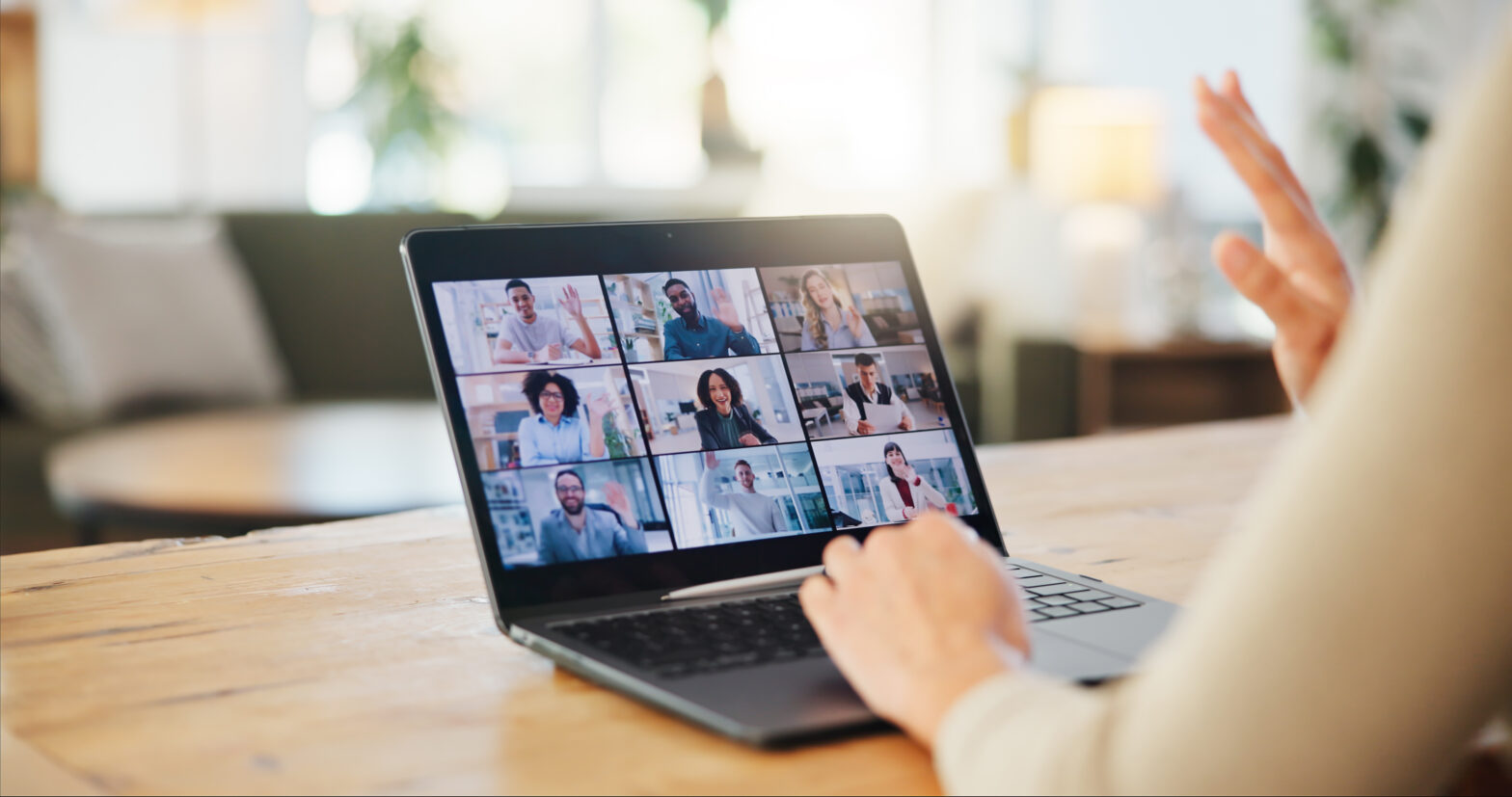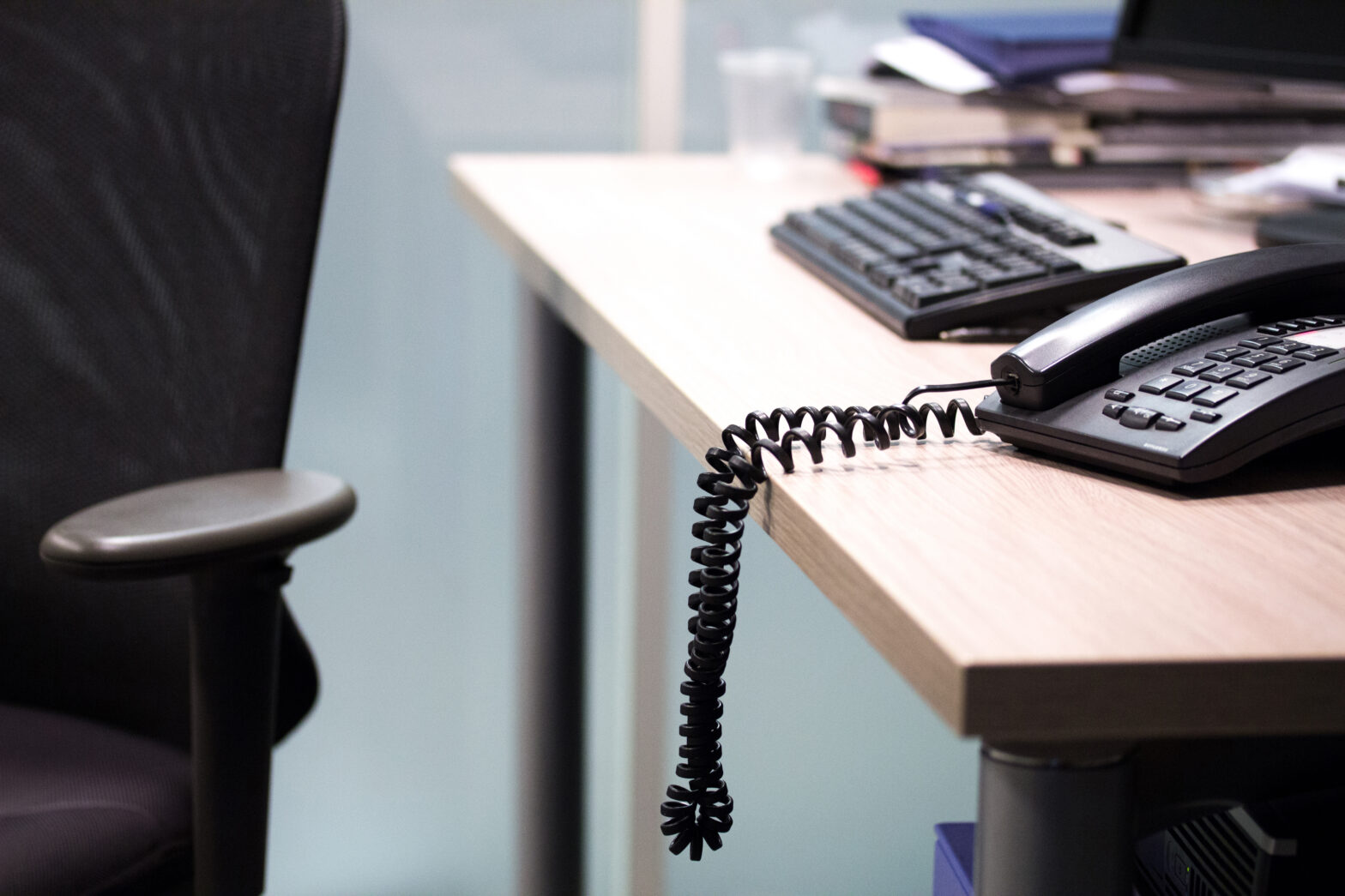Having been chief technology officer (CTO) at Powwownow for over five years now, I can safely say that no two days are ever the same! I’ve worked as a CTO in some guise or other for over a decade and while many people tell me they want to be a CTO, the first question they often ask is what does being one entail on a daily basis. This is quickly followed by questions about how I sustain a positive work-life balance and stay productive while overseeing the organisations’ short and long-term technology roadmap.
In terms of the first question, as CTO I am responsible for driving the technology and innovation side of the business to expand our customer base and ensure we can service all existing customers with best-of-class technologies for business collaboration, while also ensuring our services maintain integrity and are available 24x7x365 to customers, partners and internal PWN teams. A significant part of my role includes creating the overarching strategy for where we want to be as a company in terms of our technology offering; highlighting areas we need to grow, scale back on or spend time developing to achieve these goals.
The role of CTO is an exciting and challenging one but also one that has the potential to become stressful and infringe on your personal life if you don’t manage your time or prioritise actions properly. Over the years, the answer I have found to maintaining a constructive work-life balance is flexible working.
Technology has advanced at such an incredible rate over the last decade and as such has eliminated the need to physically be in one central place, like an office, to successfully do many jobs. Readily available, and importantly reliable, Internet connection along with the development of advanced productivity collaboration tools have further reduced the need to be in traditional workspaces.
My day-to-day as a CTO is shaped not only by the projects I am working on, but also by the ability to work flexibly. Remote working has become an intrinsic part of my role. Not only does it enable me to be the most productive I can be, it also allows me to take advantage of the best collaboration technologies out there while staying in touch with my team and the wider business. This means I am always learning about new programs and can see the latest trends in action as they are unfolding – invaluable industry knowledge to have.
A typical day starts at 6am…
Regardless of whether I am working remotely or heading into the main office, my day will typically start at 6am. I always check the daily performance reports emails on my tablet or phone which details the previous day’s business performance and then cross reference this data with our overarching plan to ensure we’re on the right track. I also cross check these reports against last year’s product data and note if there are any major differences or unusual trends.
When working remotely, I usually base myself at home, and have a designated space where I know I can get into the right headspace needed for work. Once the previous day’s performance has been tracked against the strategy, I review my diary of activities already booked in for the day. Reviewing the top priorities such as projects, business as usual activities and customer requests, I make a list of the most pressing three or five actions to focus on and decide on the achievement goal for each of them for the day.
Working flexibly, and doing so successfully, relies upon fast communication and instant messaging (IM) tools. There are some pieces of tech I could not do the role of CTO without and my productivity would be seriously limited if they were taken away. These include the Noteshelf application on the iPad pro running IOS with SIM card, instant messaging apps such as iMeet Chat, Google Hangouts and HipChat and Powwownow conference calling with screen sharing functions.
The whole business works on a flexible working model and naturally we use IM tools on a daily basis for fast and effective communication. The most popular being iMeet chat, Slack and Hangouts as together they span the various platforms we use from Android to MacOS, Linux and Windows.
Once the day gets going…
Once I’ve cleared my inbox and set my priorities, I can get in touch with my team either by conference call or email at the start of the working day, around 9am generally. I’ve found it’s much easier to give teams a quick call or video-chat to run through priority items, update each other on the latest status of projects and discuss upcoming meetings with customers. This way, everyone knows what is expected of them throughout the day from the get-go and can plan their days accordingly around this.
As a rule of thumb, all meeting invitations will include access details for local and remote attendees. This ensures that everyone is able to attend wherever they may be located. It’s really important that regardless of where attendees are located, in the office, at home, on the road or at the airport, we always have the right technology to enable us to fully participate in a meeting. If invited, we are expected to attend and attend on time.
This collaboration etiquette is important as other people’s time should always be respected and we need to ensure the people who need to be on the call are invited. No one should be excluded from a meeting because they are working remotely. This is a really crucial rule for all businesses who want to enable flexible working successfully across their organisation.
My days vary significantly from day to day and may include weekly project prioritisation sessions, quick-fire project progress reviews and technology investigations all before lunchtime! I’ve also been known to go from customer briefings to product proposals and product prototyping briefings to customer investigations and experimentation and validation sessions in the span of a single day.
Most importantly, while I can block time out to focus on specific activities where I need space to really concentrate when working remotely, I am always contactable and can actively participate in sessions that require my input.
Coming to the end of the day
Unless I have some conference calls with our parent company based in the US, that usually occur around 9pm, my working day draws to a close at 7pm. I use iMeet to collaborate across multiple time zones when working with colleagues based in different continents which enables us to communicate efficiently and effectively at all times.
To help me tune out of work mode, I do 30 minutes of Headspace, a mindfulness app that helps me wind down with a series of meditation exercises. I also do 45 minutes of Lumosity brain training which helps keep my mind active even after working hours. It’s important to detach yourself from the working environment, especially when working from home, so you can recharge, take stock of the day’s activities and be in the best frame of mind to go back to work the next day.
Chris Martin is CTO of Powwownow.





